How to connect a printer via Wi-Fi, set up and print documents?
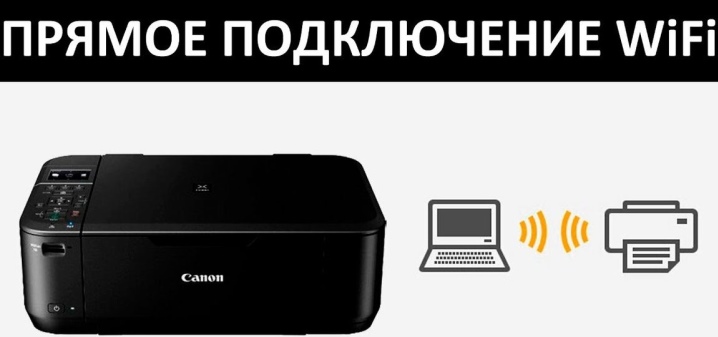
Recently, in offices, it is rare to find many wires stretched from one computer to another, connecting all devices into one network.
Now, using wireless technologies, everything is made much easier: in many modern devices there are chips, thanks to which data transfer takes place. it Wi-Fi adapters. They greatly simplify the process of connecting one device to another.
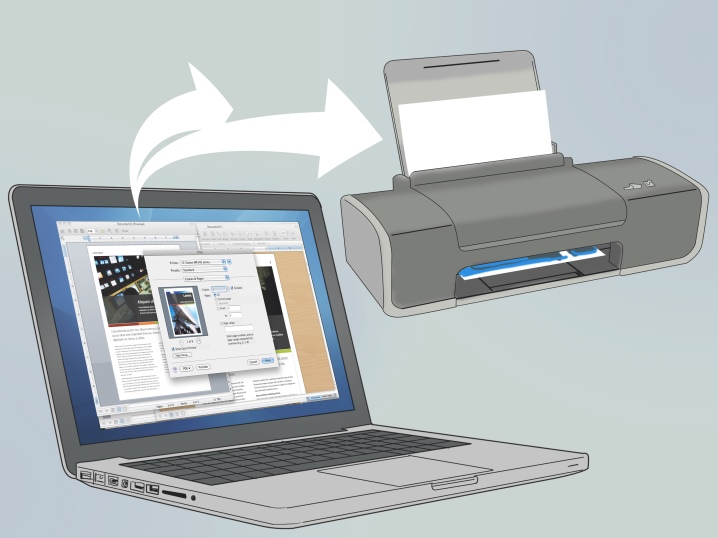
Peculiarities
In order to connect a laser printer via Wi-Fi, you need router... With it, you can create new wireless access points. This router must have USB portto make a physical connection... If it is not there, you can simply use a Wi-Fi router with a similar adapter in the printer.

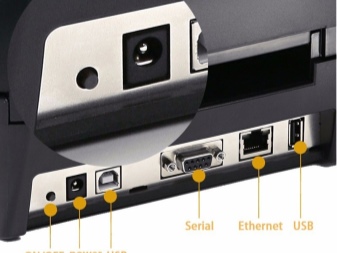
Connection methods
There are several options for connecting a color or monochrome printer wirelessly to a new network. The procedure is not so complicated, so everyone can figure it out. Most of the settings are automatic.
Before connecting, you need to prepare for the fact that there will be some nuances with the settings.
It is better to first go to the official website of the printing device manufacturer and download the drivers from there, and then make the download media.
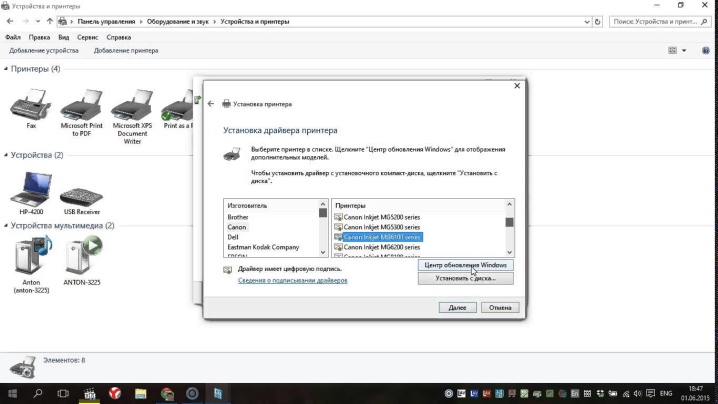
Connecting the printer is possible via Direct, that is, directly to a device with a Windows operating system, but this will require a certain sequence of actions.
- Disconnect the router and the device for printing documents.
- Connecting them together by means of a USB cable that came in the package, and then turning it on.
- Obtaining permission to the router's web interface. For this, a Lan-cable or a Wi-Fi network is used.
- Entering the browser installed on the computer and entering the address, it can be like "192.168.0.1". It must match what is indicated on the sticker, which is located on the body of the router itself.
- Entering authorization information (i.e. login and password). They are usually the same: admin, admin. To make sure that the data entered is correct, it is better to take another look at the case or at the documents that came with the device.
- Then you need to make sure that the router correctly recognized the device for displaying information that you tried to connect to it. The device should no longer show up as unrecognized.
- If you were able to successfully connect, then you need to go to the next step - to configure the PC.
- It is necessary to manually add the device to the system, because this is not done automatically. To do this, you need to click on "Start" and select "Options".
- Then you need to click on "Devices" - "Printers and ..." - "Add".
- After scanning is complete, open the "The required printing device is not in the list" section.
- Then the "Detect by other parameters" window will open. There you need to select "Add by ТСР / IP-address", click "Next".
- The line "Device type" will appear below, where you should find "TCP / IP device", then in the "Name or IP address" you need to enter the address with which you entered the router's web interface, for example - "193.178.0.1" ... In the "Port name" information is duplicated automatically.
- After that, you need to uncheck the "Inspect the printer and detect the driver automatically" command.
- Then the scanning of the connected devices will start. You have to wait until it ends.
- After the scan is completed, a window will appear that will inform you that the connected device was not detected. To find it, you need to click on the "Device Type" section and click on "Special" there, and then turn on the "Parameters".
- Then you need to download the protocol, which is called LPR, and in the line "Queue name" enter any value (no matter what), confirm your actions with the "OK" button.
- In the next step, you will need the driver that is needed for the connected printer. You need to click on the "Download from disk" button or select the archive, which contains the driver downloaded before. Alternatively, you can also click the Windows Update button and select the printer model you want to connect from the list.
- The penultimate step - you need to wait until the drivers are installed and click "There is no general permission for the selected device." Or give permission to be used by other devices. You need to choose the option that is convenient for you and the most functional, and then confirm everything with the "Finish" button.
- It remains only to print something as a sample in order to understand if the connection was correct. If everything printed out well, the printer recognized the command without any problems, then you can then use it for its intended purpose. In the same way, you can connect any printer to any Windows computer.
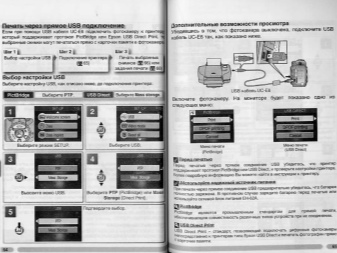



Using the WPS function
Through this function, you can easily connect the printer not only to your computer, but also to your laptop or MacBook. Naturally, to use this method, it is necessary that both there and there be available WPS option.
To check if it is on the printer, you need to look at the instructions for its use, which is attached to it upon purchase. If the instructions have not been preserved, you need to go to the main site and look for this information there.
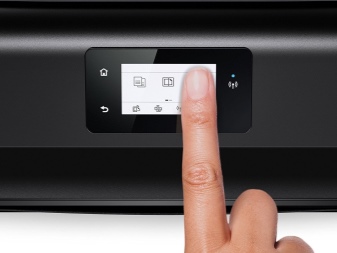

Another way to find out faster and easier is to look at the body of the device. Sometimes it has a button with the "WPS" sign.
There are two ways to detect WPS on a router.
- Flip the router. There you can see a piece of paper with the WPS sign, next to which a pin code will be written. We need to record it somewhere nearby, as it will soon be needed.
- If there is no icon on the sticker, it may mean one thing - this technology is not supported by the router. So, you need to enter the router settings, select "WPS" (most often it is located in the "Wi-Fi" section) and see if this function is there. If it is not there, it means that it is basically absent in the router - you will need to purchase another device to make such a connection. If you could find it there, then the connection is possible. Then, when you are sure that both devices accept the selected function, you can start connecting.
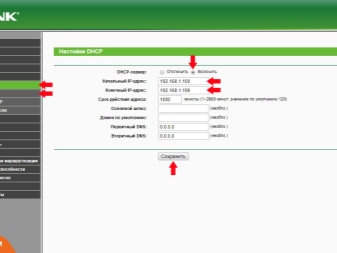
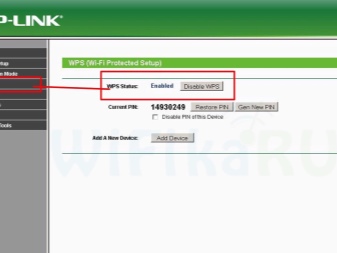
The setting will take place in a specific sequence.
- On a printer that supports Wi-Fi, you need to find the item "Wi-Fi settings", which means wireless connections. It will be easier to do this using the navigation buttons.
- Then you need to turn your attention to the router. Press "WPS" until you see the indicator start flashing.
- This is a sign that you need to return to the wireless device, press "OK", then hold it for a while, waiting for a notification that the connection has occurred.
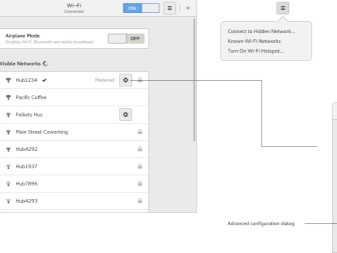
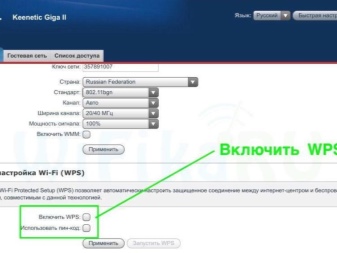
Using SSID and password
In this way, it will be possible to connect via Wi-Fi any printing device that has a built-in display (screen).
- Go to the main menu. Then select "Wi-Fi Settings".
- After that, you need to click on "Wi-Fi Setup", and then on "Wi-Fi Setup Wizard".
- When these steps are done, a list of wireless networks will appear before your eyes. There you need to enter your SSID and password.
- If the connection is successful, this will be indicated by a green light on the Wi-Fi icon.
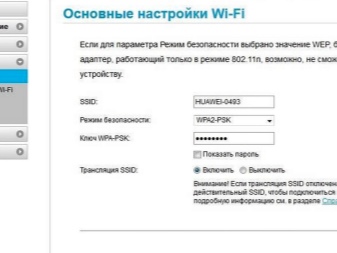

Without entering a password
If the printer has a Wi-Fi module, but does not have a display, you can easily connect without a password.
- First, activate the Wi-fi button (once is enough).After pressing, it will start blinking quickly, this will indicate the readiness of the device to connect to a wireless network.
- Then you need to take a router and activate WPS (click on the corresponding button). By clicking on it, you have given permission for the device (that is, the printer) to connect.
- If the synchronization was successful, the button located on the device should turn green.

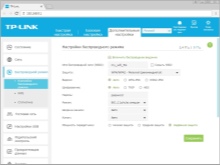
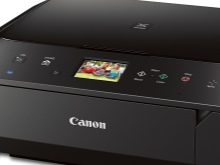
How to set up and print?
To be able to print something, you need to configure the print settings on the PC. Let's take Windows 10 as an example.
- First you need to execute the following commands: "Start" - "Options" - "Devices".
- Then pay attention to the side to the left. Select "Printers and scanners" - "Add printing device" (it can be specified which one).
- Click on the "This printer is not listed" field.
- When you click on it, a window should appear. You need to put a full stop after the line "Add a printer by its TCP / IP ...". Then you need to enter the data. This is done in the subsection "Device type". There you need to set "Device ТСР / IP", "Name or IP address". After that, register the IP address of the router (where to look at it, it was indicated above). The port name should be self-registered, as this function is automatic. After that, you need to remove the confirmation "Inspect the printer and select ...".
- Then there should be a notification that the device does not recognize this printer. This shouldn't scare you - you just need to select "Special" and then click on "Options".
- After that, you need to click on LPR and enter any name in the "Queue name" window. Then click on "Ok" and go further.
- After all these steps, you will need to install the printer drivers. You need to put the disc in the drive and click "Have Disk".
- Then the "Using Shared Printers" window will appear, where you need to select "Not Shared". Done, now try printing something and make sure everything went as it should. This type of setting can be done on any PC from which you want to print something.
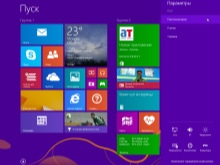
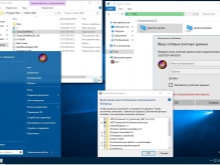
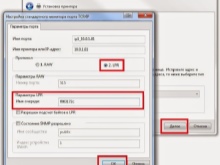
Possible problems
If the printer could not connect to the router, for example, it does not see it or does not connect, there are a number of reasons for that:
- The Wi-Fi router may not support this kind of connection;
- the printer may not support this connection (however, this happens quite rarely);
- malfunction of the cable / port that was used for the connection.
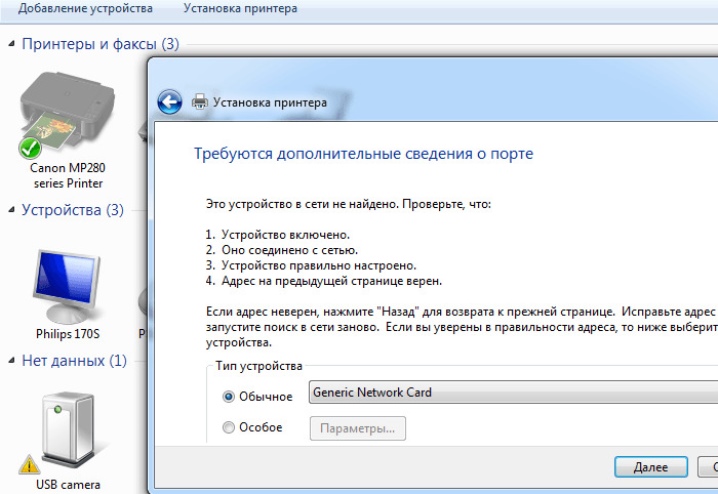
To safely get out of this situation, you can take the following actions:
- understand the software of the Wi-Fi router, try to update;
- install the firmware from the official website of the manufacturer of this device and install it.
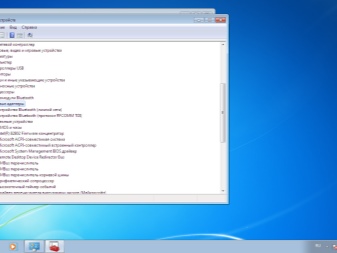
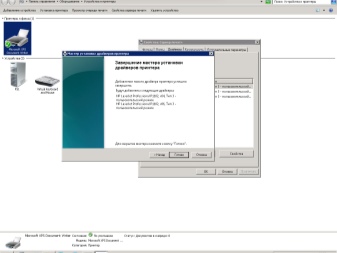
Recommendations
If you cannot connect to one network, you can try reconfiguring to another... Many companies that manufacture routers produce special utilities that allow you to work with printers over a network. For example, TP-Link has a UDS Printer Controller. Thus, if the above methods did not work for you, these utilities can help you with your wireless connection.
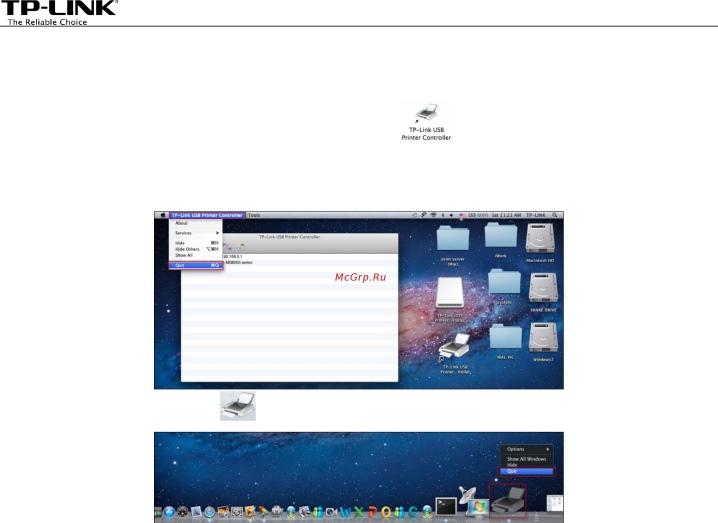
How to connect the printer to a wi-fi network, see below.













The comment was sent successfully.